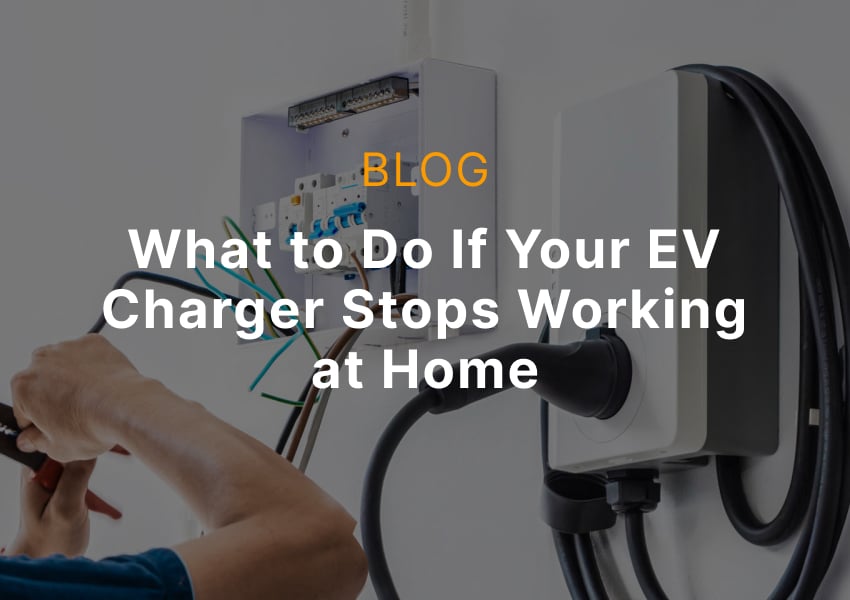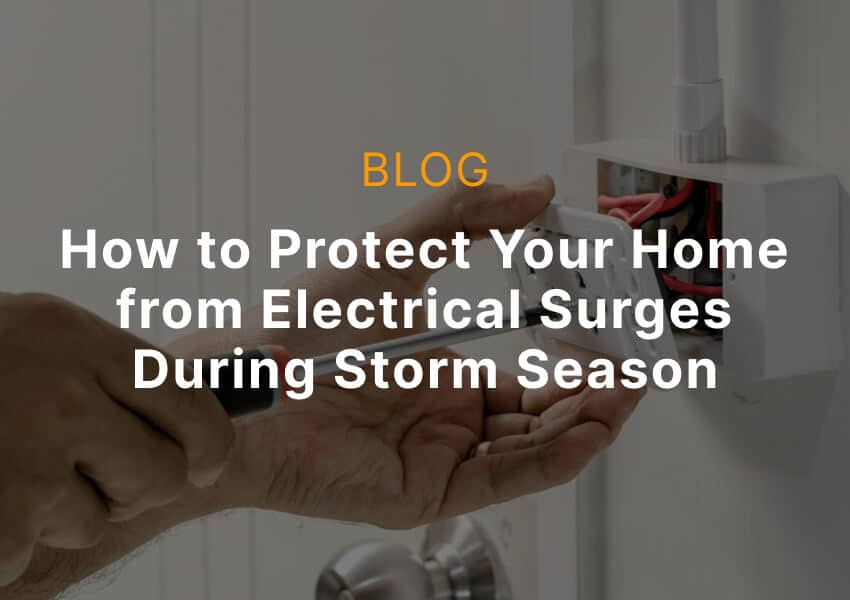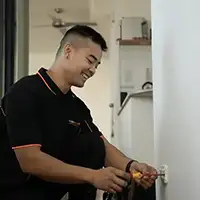If your RCD switch won’t stay on, you’re probably dealing with more than just a one-off power glitch. It’s frustrating, especially when it cuts power to your fridge, lights, or appliances with no obvious reason. But an RCD that trips repeatedly is doing its job; it’s trying to protect you from an electrical fault.
What an RCD Safety Switch Does
Before troubleshooting, it helps to know what the RCD is actually protecting:
Stop Electric Shocks
An RCD (Residual Current Device), also called a safety switch, is designed to shut off power instantly if it detects even a small amount of electricity leaking from the circuit. That leakage could be going through water, a damaged cable, or a person.
Unlike a regular circuit breaker that protects appliances or wiring, the RCD is focused on saving lives, not preventing overloads.
In most homes, you’ll find RCDs protecting:
- Power outlets (especially in kitchens, bathrooms, and outdoor areas)
- Lighting circuits
- Some fixed appliances like hot water systems or air conditioners
They trip the moment the current leaving the active wire doesn’t match what returns via the neutral wire. That imbalance, often as low as 30 milliamps, is enough to trigger a shutdown in milliseconds.
Different From Breakers
This is where many people get confused: circuit breakers and RCDs can look similar, especially in modern switchboards where they may be combined into one unit (RCBO).
But their jobs are very different:
- Circuit breakers protect against overcurrent and short circuits
- RCDs protect against electric shock
So if your RCD keeps tripping, it’s not just a sign of too much power—it’s a sign that something unsafe is happening in the system.

Signs Your RCD Has a Fault
Here’s how you’ll know there’s more than just a one-time trip:
Won’t Reset at All
If the RCD trips and you can’t flick it back on—even after switching everything else off—there’s likely an active fault on the circuit. This could be caused by water in a power point, a damaged appliance, or an insulation breakdown in the wiring.
If it trips immediately the moment you try to reset it, don’t keep forcing it. That’s the RCD telling you something’s wrong, and it’s doing its job.
Trips Randomly
If the RCD resets but then keeps tripping at unpredictable times, that points to a fault that comes and goes, like:
- Moisture is building up inside an outdoor socket
- A faulty fridge compressor cycling on
- An intermittent short in a power cord or extension lead
This kind of tripping is harder to pinpoint without proper tools. If you’re noticing patterns (e.g., it only trips at night or when a certain appliance is running), note them down; it will help your electrician find the cause faster.

Why Your RCD Keeps Tripping
These are the most frequent issues we find when an RCD won’t stay on:
Faulty Appliances
One of the most common reasons a safety switch keeps tripping is a faulty appliance. This could be anything from:
- A toaster with damaged internal wiring
- A washing machine with water leaks
- An old fridge with a failing compressor
These appliances can leak current to earth, triggering your RCD to trip immediately—even if they seem to be working fine. If your RCD switch won’t stay on, try unplugging all devices on that circuit and resetting the switch.
Water in Sockets
Moisture is a major culprit, especially in:
- Outdoor outlets
- Bathroom power points
- Kitchens with splashbacks near sockets
- Laundry areas with poor ventilation
Even small amounts of water behind a socket can cause the RCD switch to trip repeatedly. If you’ve had recent rain or notice damp areas near outlets, this could be your issue.
Wiring Deterioration
In older homes or properties that have had DIY electrical work, you may be dealing with worn or damaged wiring. Over time, insulation can break down, or rodents can chew cables in wall cavities, leading to leakage.
If your RCD keeps tripping and you’ve ruled out appliances, the problem could be buried in the walls, and you’ll need a licensed electrician to safely test each circuit.

How to Fix a Tripping RCD (Safely)
A few things you can try before calling in a licensed electrician:
Unplug Devices
If your RCD won’t reset, start by unplugging everything connected to the affected power circuit. That means:
- Kettles, toasters, and microwaves
- Washing machines or dryers
- TVs, chargers, or extension cords
Once everything is unplugged, try turning the RCD back on. If it stays on, you likely have a faulty appliance causing leakage. Plug things back in one by one to isolate the issue—but only if you’re confident and there’s no burning smell, visible damage, or moisture involved.
Try Other Circuits
If you’re unsure which circuit is the problem, try turning off all the other breakers in your switchboard, then reset the RCD. If it holds, turn each breaker back on one at a time.
This helps narrow down whether the fault is:
- On a specific lighting or power circuit
- Caused by a connected appliance
- Related to outdoor or wet-area outlets
Important: If the RCD still won’t stay on even with everything disconnected, stop troubleshooting and call a licensed electrician. There could be a live fault inside your walls or switchboard.
RCD Won’t Stay On? When to Call an Electrician
If the RCD still won’t stay on, it’s time to stop guessing:
Live Faults Are Dangerous
If your RCD keeps tripping after reset attempts, especially when everything is unplugged, there’s likely a serious electrical fault that needs proper testing. This could include:
- Damaged or degraded cabling
- Water-damaged outlets
- Earth leakage from hidden wiring faults
- Faulty RCD hardware that needs replacement
Trying to reset the switch repeatedly won’t fix the problem, and it could make things worse or more dangerous.
Licensed Testing Needed
Only a licensed electrician can legally and safely carry out the insulation resistance testing and RCD fault simulation needed to locate the issue. At Powerhub Electrical, we use calibrated test equipment to check:
- Circuit insulation levels
- RCD trip response time
- Appliance leakage
- Phase and neutral balance
Call Powerhub Electrical on 0400 332 331 to book an RCD fault check in Parramatta, Sydney. We’ll find out why your safety switch won’t stay on, fix the problem properly, and make sure your home is safe, without the guesswork.





